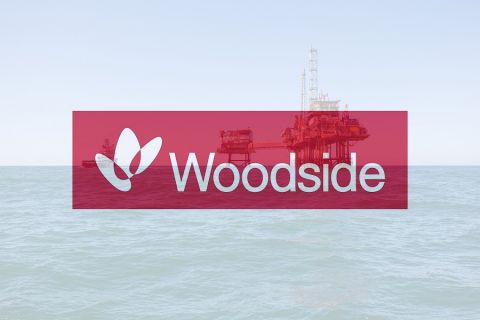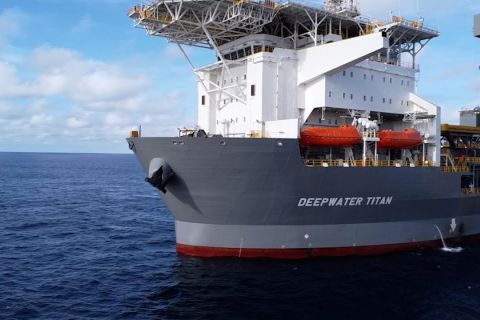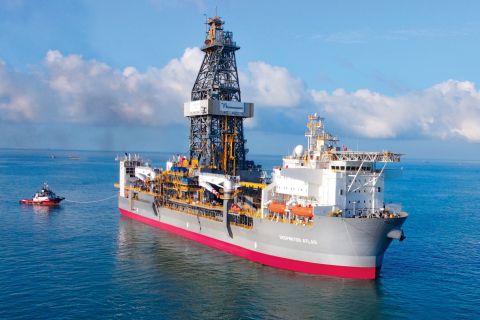Equinor and its partners have decided to invest 7.9 billion Norwegian crowns (US$947 million) to connect more offshore platforms at the Troll field to Norway’s onshore grid to reduce CO2 emissions, the company said April 23.
The project aims to partly replace electricity generated by gas power turbines at the Troll B platform and fully at the Troll C platform, helping to cut almost half a million tonnes of CO2 emissions, or an equivalent of 1% of Norway’s total emissions, it added.
Gas power turbines on offshore platforms account for more than 80% of total greenhouse gas emissions from the Norwegian oil and gas industry.
Connecting platforms to the onshore grid, where electricity is mainly generated by renewable energy sources, such as hydropower, is seen as the main measure to reduce the industry’s emissions.
"Electrification is essential to successful reduction of the emissions from the Norwegian continental shelf, and we have ambitious plans for this,” Kjetil Hove, head of Equinor’s offshore operations in Norway, said.
Equinor’s partners in the Troll field are ConocoPhillips, Total, Shell and Petoro.
Several installations offshore Norway, including the Troll A gas platform and platforms at the Johan Sverdrup oil field, the largest in Western Europe, already get power from shore.
The Norwegian Petroleum Directorate predicts that by 2023 about 45% of Norway’s oil and gas could be produced using electricity from shore, including previously approved projects.
The decision to electrify Troll B and Troll C platforms could increase that share when they start getting power from land in 2024 and 2026, respectively.
Recommended Reading
Woodside’s GoM Trion Project Wins Social Impact Assessment Approval
2024-02-14 - Woodside Energy’s Trion is expected to start production in the Mexican sector of the Gulf of Mexico in 2028, and Woodside said the impact assessment will help the operator engage with local communities during the construction phase.
After 4Q Struggles, Transocean’s Upcycle Prediction Looks to Pay Off
2024-02-21 - As Transocean executives predicted during third-quarter earnings, the company is in the middle of an upcycle, with day rates and revenues reaching new heights.
Pemex GoM Oil Platform Blaze Leaves One Dead, 13 Injured
2024-04-08 - A Coter contract worker died from a fire that broke out at Pemex’s Akal-B platform this weekend that also left several others in serious condition, the company said.
Rystad: More Deepwater Wells to be Drilled in 2024
2024-02-29 - Upstream majors dive into deeper and frontier waters while exploration budgets for 2024 remain flat.
E&P Highlights: Feb. 26, 2024
2024-02-26 - Here’s a roundup of the latest E&P headlines, including interest in some projects changing hands and new contract awards.





